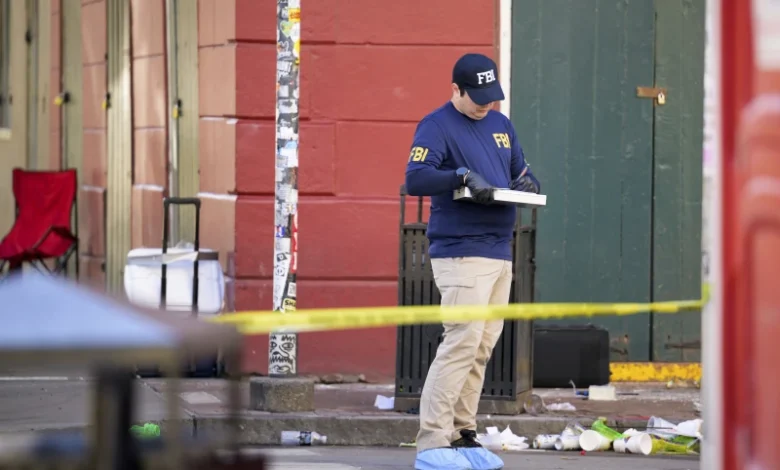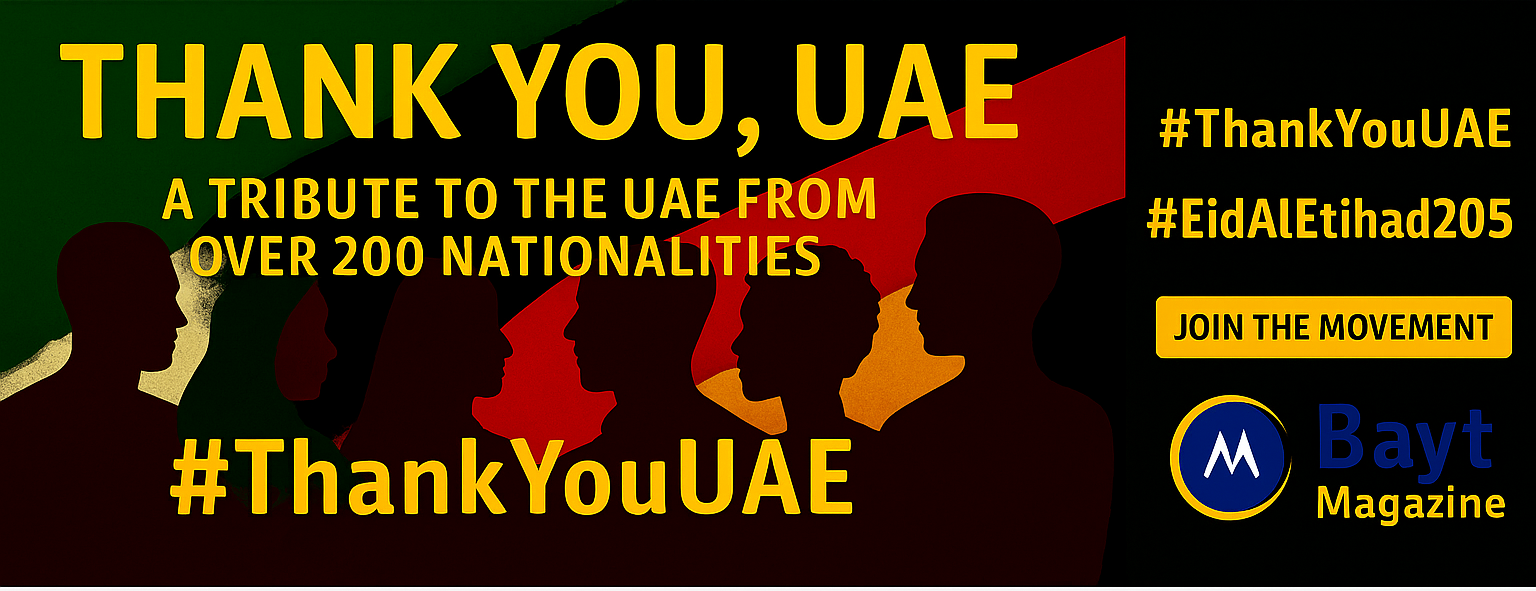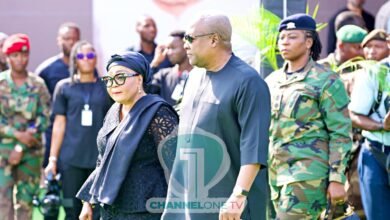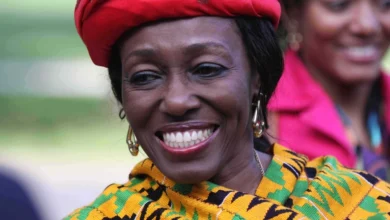
New Orleans Tragedy: 15 Lives Lost in Bourbon Street Attack
A horrific vehicle attack has devastated New Orleans’ iconic Bourbon Street, claiming 15 lives and leaving dozens wounded during New Year’s celebrations. The driver plowed through packed crowds of revelers and created chaos in the historic French Quarter.
The attack ranks among the deadliest in New Orleans’ history. Law enforcement quickly apprehended the suspect. Initial investigations point to possible connections with international terror organizations. Local authorities now work alongside the FBI to investigate this tragic event, which has triggered immediate security assessments at major tourist spots across the United States.
Timeline of Terror
A peaceful New Year’s celebration in New Orleans’ French Quarter became catastrophic at 3:15 AM. A Ford F-150 pickup truck made its way around makeshift barriers near Canal and Bourbon Streets intersection.
New Year’s Celebration Turns Tragic
The French Quarter bustled with about 400 officers on duty during the incident. Several officers stood guard to block vehicles from entering pedestrian areas. Tourists and locals packed the streets while celebrating the new year and looking forward to the upcoming Sugar Bowl game.
Critical Minutes of the Attack
A 42-year-old U.S. Army veteran drove the vehicle onto the sidewalk and bypassed police barriers. Witness Zion Parsons painted a horrific picture: “Bodies, bodies all up and down the street, everybody screaming and hollering”. The driver terrorized three blocks of the historic thoroughfare and fired shots into the crowd simultaneously.
Emergency Response and Aftermath
The emergency response team acted swiftly:
- The gunfire exchange left two police officers wounded
- Teams found multiple explosive devices, including two pipe bombs hidden in coolers
- Area hospitals received over 30 victims from emergency services
The FBI stepped in to lead the investigation and set up a command center to work with local authorities. Security concerns forced officials to postpone the Sugar Bowl, which was set for New Year’s Day at the nearby Superdome.
Investigation Details
Federal investigators have identified Shamsud-Din Bahar Jabbar, a 42-year-old U.S. citizen from Texas, as the main suspect in the Bourbon Street attack.
Suspect Background and Military History
Jabbar served in the military for over a decade. He was in the regular Army from March 2007 to January 2015 as a Human Resource and IT Specialist. After that, he joined the Army Reserve as an IT Specialist until July 2020 and reached the rank of Staff Sergeant. His service record includes deployment to Afghanistan from February 2009 to January 2010. Between 2015 and 2017, Jabbar earned his B.B.A. in Computer Information Systems from Georgia State University.
ISIS Connection and Terror Links
The FBI discovered compelling evidence that points to terrorist motives:
- An Islamic State group flag inside the suspect’s vehicle
- Several improvised explosive devices, with pipe bombs hidden in coolers
- Weapons and potential IEDs throughout the French Quarter
Search for Potential Accomplices
FBI Assistant Special Agent Alethea Duncan made it clear that Jabbar “was not solely responsible” for the attack. Investigators have widened their search to several locations, including a north Houston neighborhood where Jabbar lived. Security cameras revealed that other individuals might have helped place the explosive devices. The FBI wants to hear from anyone who interacted with Jabbar during the 72 hours before the attack.
New evidence shows changes in Jabbar’s behavior patterns. His family members noticed he had changed dramatically in recent months. They observed erratic behavior after his religious conversion.
Security Analysis
The New Year’s attack tested New Orleans’ French Quarter’s security system and exposed major weaknesses in the district’s defenses.
French Quarter Protection Measures
Multiple security programs fall under the French Quarter Management District’s supervision. These programs have extra police patrols and regular safety checks. The area depended on physical barriers and police presence before the attack. Security teams deployed over 300 officers during New Year’s Eve celebrations.
Bollard System Replacement Project
The attack happened during a vital security upgrade. This $40 million safety project started in November 2024 to replace old bollards along Bourbon Street from Canal Street to St. Ann Street. The project has:
- New removable stainless-steel bollards
- Sidewalk repairs at key spots
- Better pedestrian safety features
- Updated bollard systems
Law Enforcement Response Assessment
Gaps in temporary security measures became clear during the attack. The suspect got past police cars and barriers despite their strategic placement. Superintendent Kirkpatrick stated, “We did indeed have a plan, but the terrorist defeated it”. FBI investigations later showed that 11 of 16 bollard locations had new installations when the whole ordeal took place.
Safety remains the top priority according to the Department of Public Works. They continue to control traffic and keep access open for residents and emergency services during construction. The bollard replacement project will run through February 2025. This timeline raises new security concerns as New Orleans prepares to host the Super Bowl.
Impact on New Orleans
The tragic New Year’s Day attack devastated New Orleans’ community and led to an outpouring of support while disrupting city life.
Victims and Community Response
Several identities have emerged from the 15 victims who lost their lives in the attack. Tiger Bech, a 27-year-old former standout athlete from St. Thomas More Catholic High School, and 18-year-old Nikyra Cheyenne Dedeaux from Gulfport were among the deceased. The Greater New Orleans Foundation now manages the New Year’s Day Tragedy Fund that supports victims’ families.
Local hospitals quickly responded to treat the injured. University Medical Center took in most victims, while five other hospitals across the metro area accepted patients.
Tourism and Event Disruptions
The Sugar Bowl, a highlight of New Orleans’ New Year’s celebrations, needed immediate rescheduling. Event organizers worked with local, state, and federal authorities to move the Georgia-Notre Dame matchup to Thursday at 3 p.m. central time. Public safety remained the top priority.
Economic Implications for French Quarter
Many iconic establishments in the French Quarter’s business district had to close temporarily. These included:
- Galatoire’s Restaurant
- Antoine’s Restaurant
- GW Fins
- Red Fish Grill
The city’s emergency declaration asks people to stay away from the area between Canal and Dumaine, from Royal to Dauphine streets. This has severely reduced customer traffic to local businesses. The New Orleans Blood Center stepped up with an emergency blood drive and added collection hours to help injured victims.
The attack’s timing during peak tourist season hit the hospitality sector hard. Many restaurants remain unsure when they can reopen. Business owners now work with law enforcement to maintain security while trying to preserve the French Quarter’s vibrant culture.
The tragic attack on New Orleans’ historic French Quarter has shattered our perception of safety at America’s favorite tourist spots. Terrorists deliberately targeted New Year’s celebrations, killing 15 people and injuring many others. This devastating event exposed serious gaps in urban security systems.
FBI agents found ISIS links and possible accomplices, which turned this local tragedy into a national security threat. A $40 million bollard system upgrade was partially ready when the attack happened. This incident highlights our urgent need to improve physical security in busy urban areas.
New Orleans has shown incredible strength. Emergency services, police, and community groups have united to help victims and their families. The Greater New Orleans Foundation quickly created the New Year’s Day Tragedy Fund, showing the community’s dedication to healing. Despite major economic setbacks and canceled events, New Orleans’ spirit remains strong.
City planners and security experts nationwide are learning from New Orleans as they review their safety measures for public gatherings. This heartbreaking event reminds us that protecting public spaces needs constant alertness, groundbreaking security solutions, and solid community partnerships.





